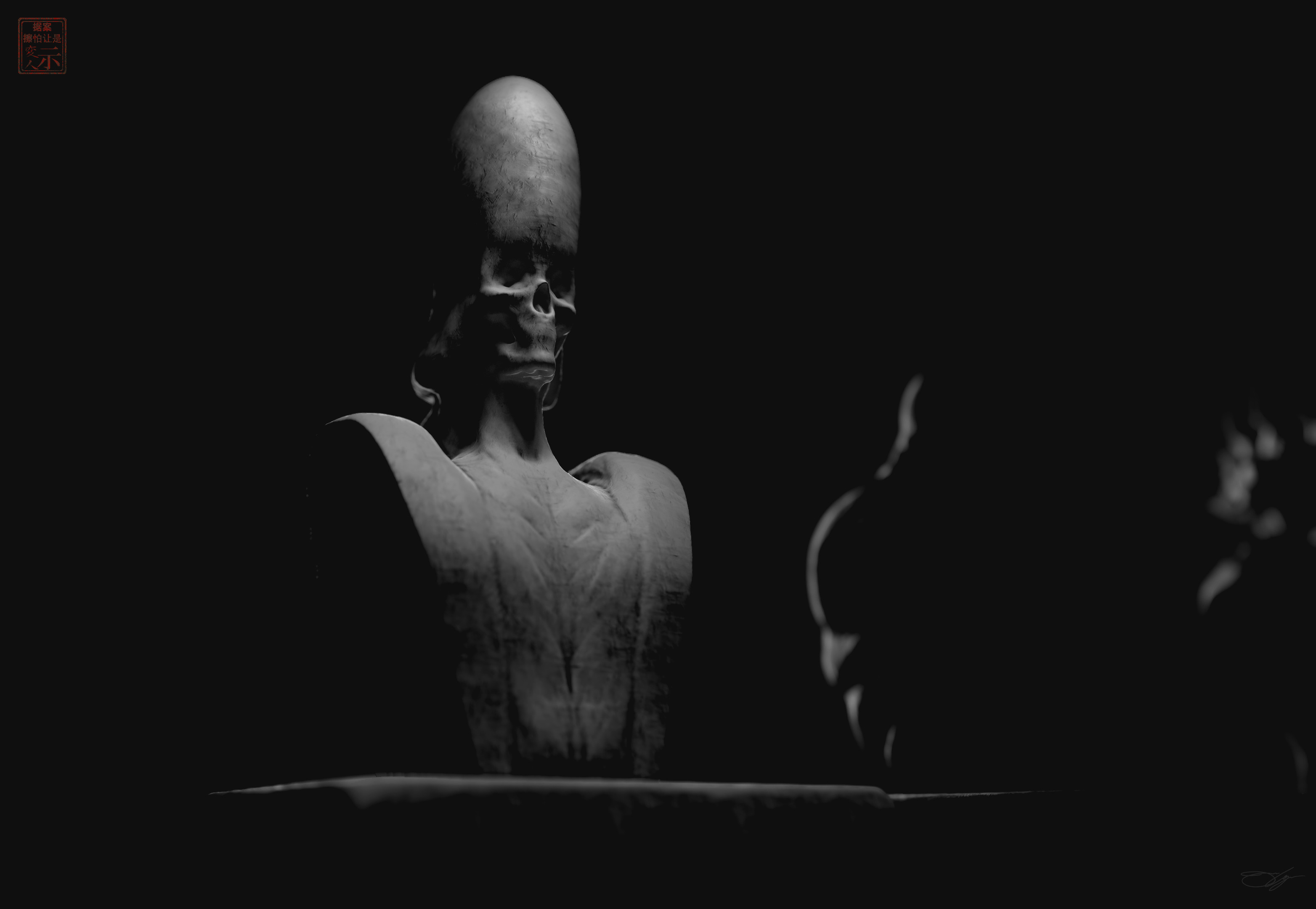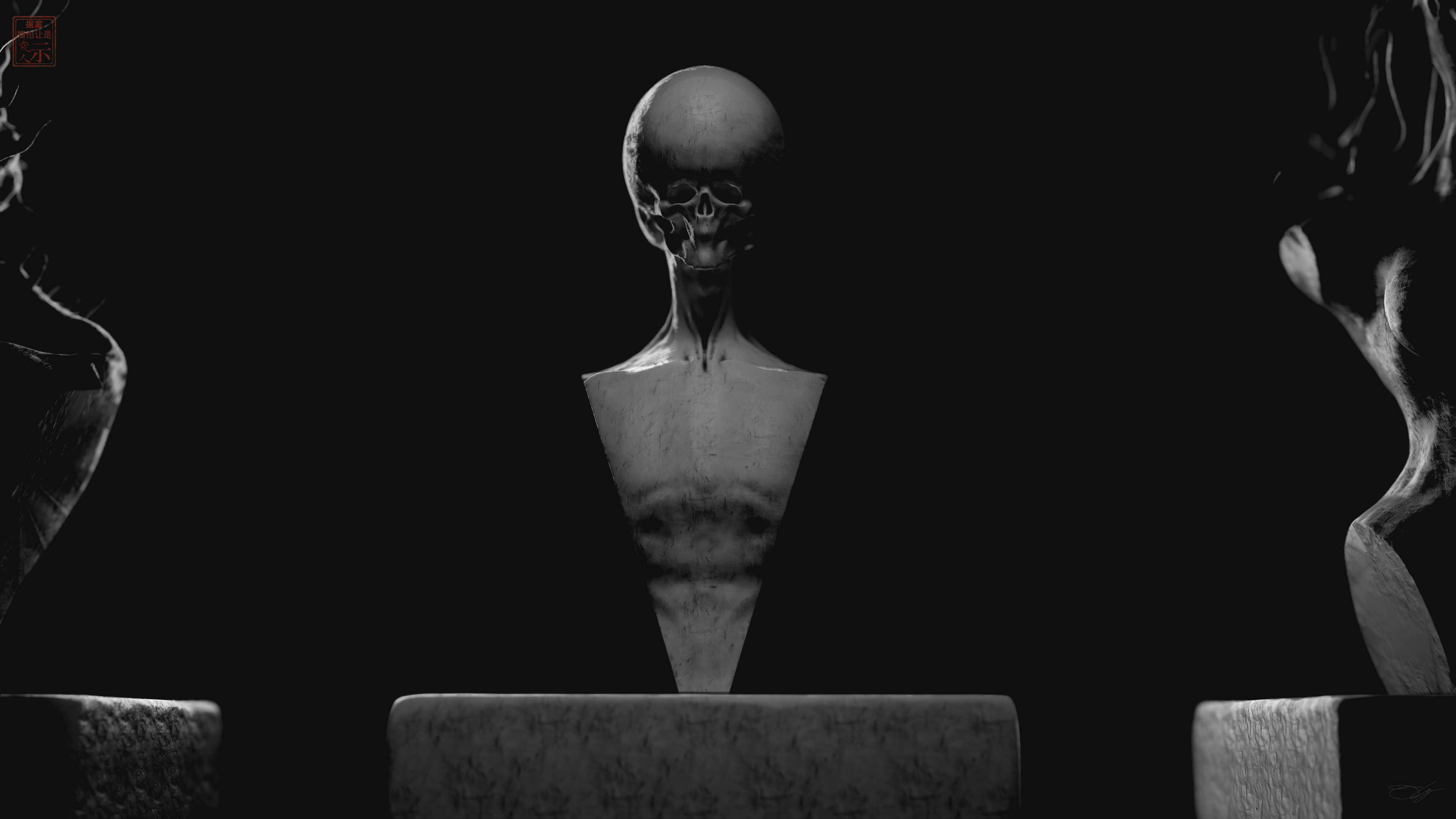Basic Silhouette Study
Basic Silhouette Study
A simple sculpting study on how certain basic forms catch the eye at a psychological level, focusing merely on just the bust and shape language, not as much on the details. Each bust taking around thirty minutes to complete. Ended up implementing what I learned from reading the book ‘The Command to Look’ by William Mortensen years ago without even knowing it. It’s one of those things that one does not consciously do when creating a piece to capture the eyes, it just happens. Your brain naturally knows what is interesting to look at first glance and what is not. This simple mental reaction is hard wired within us and it dates back to the prehistoric days of man where the five senses were relied upon heavily for survivability. Big domineering shapes naturally catch our attention as they once were the humongous rocks that blocked our paths. Sharp angular shapes were once the hills of jagged rocks and the teeth of predators, signifying danger. Seductive ‘S’ curves once resembled the mesmerizing but lethal snakes that made hunting even more troublesome. And lastly, diagonal lines which were once the swift movements of predators that the corner of our eyes caught. A valuable piece of wisdom I learned from my private mentorship with Simon Lee was that the sculpture’s silhouette has to be interesting enough for the viewer to want to move closer and the close up detailing work will be what makes them want to stay. Establish the silhouette and big forms first before diving into the gritty details. Like real life, work on establishing the big goals first before adding in the small fun aspects. A sculpture can have no details and still look good with an established silhouette and big forms. But a sculpture with overcrowded details with a bad silhouette and form is just one big undisciplined mess.
Created Using: ZBrush, Marmoset Toolbag, & Photoshop













